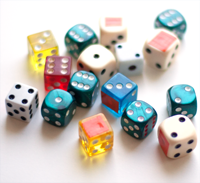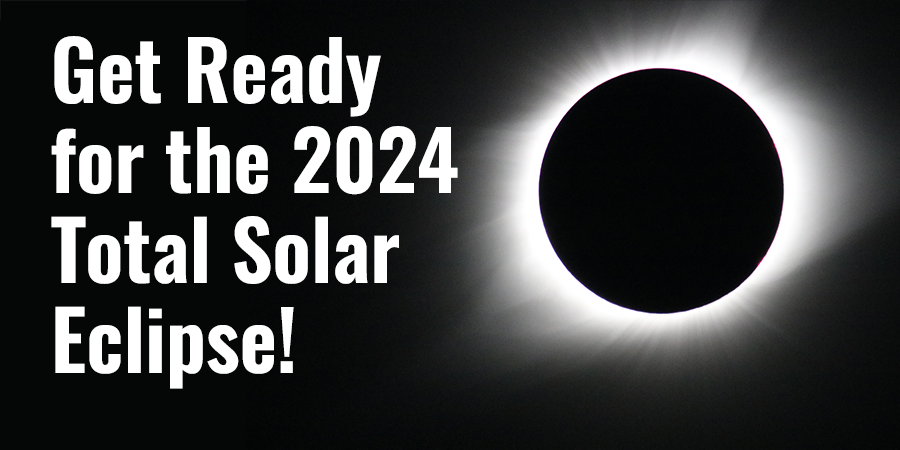Radiometric Dating: Playing Half-life Odds
Roll the dice in a fun hands-on simulation of an isotope's decay to better understand the way scientists date mind-boggling old matter.
When it comes to talking about time and age on a geologic scale, our everyday watches, clocks, and units of measurement fall short. We understand minutes and days and years. We can count seconds and even measure smaller units that help us evaluate the outcome of a race. We understand centuries based on family trees and history books, and we have a conceptual sense of a few thousand years. But when it comes to talking about a rock that may be billions of years old, what do we do? What scale can we use to help evaluate an object's timeline and history?
The Big Picture
For geologists, paleontologists, archaeologists, and anthropologists, objects of study are often talked about in terms of thousands, millions, or even billions and positioned within the geological timescale of Earth. Dating an artifact found on a dig or evaluating the age of a rock requires special kinds of calculations and assessment. One important approach used in geologic dating involves radioactivity.
By evaluating the number of parent and daughter isotopes of an element that are present in an artifact, and by relating that number to the known half-life of the isotope, scientists can date the object. Students often learn about radiocarbon dating, a form of radiometric dating based on the presence of carbon-14, which has a known rate of decay (or half-life). Another form of radiometric dating involves potassium, which has a half-life of 1.25 billion years and changes to argon as it decays.
Putting Radiometric Dating in Perspective
The new "How Old Is That Rock? Roll the Dice & Use Radiometric Dating to Find Out" geology Project Idea helps students better understand how radiometric dating works by using a hands-on game to simulate the process. Using dice, each one marked with one side that represents a daughter isotope, students can roll their way through the decay cycle of a hypothetical element. As they record their rolls on a data chart, students create and evaluate the decay curve for the isotope.
After rolling the 100 dice until all of the parents have transformed and studying the rate of decay of the imagined isotope, students can work backwards and deduce the age of a sample created by a friend or family member by correlating available data and comparing it to the decay curve.
This hands-on project is an innovative way for kids to visualize the half-life decay process and the statistics involved in determining rates of decay and geological age.
Categories:
You Might Also Enjoy These Related Posts:
- Plastics and Earth Day - Science Projects
- Arduino Science Projects and Physical Computing
- 10+ Robotics Projects with the BlueBot Kit
- 5 STEM Activities with Marshmallow Peeps
- March Madness Basketball Science Projects: Sports Science Experiments
- Women in STEM! More than 60 Scientists and Engineers for Women's History Month
- Explore Artificial Intelligence and Machine Learning with Student AI Projects
- 10 Reasons to Do the Rubber Band Car Engineering Challenge










